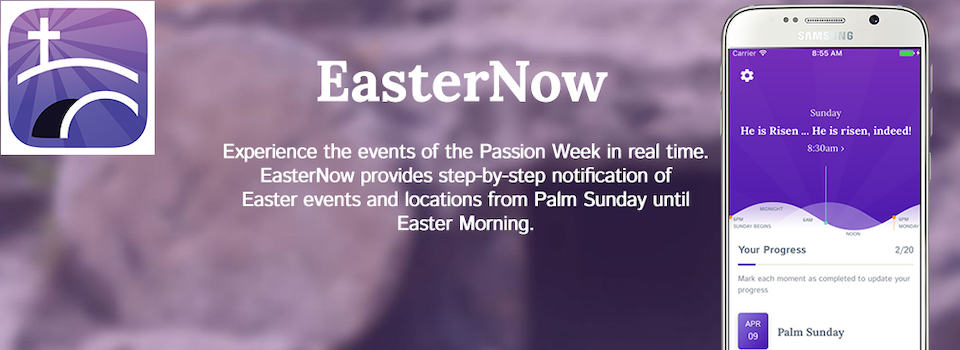Questions are powerful—sometimes more powerful than we acknowledge. Unaware of how to use questions well, leaders unnecessarily bring uncertainty into their group discussions. Now, more than ever, stakes can be knowingly and unknowingly high in any conversation, and the need to bring certainty to a conversation is crucial for it to be successful in any scenario.
Questions are like tools. Different kinds of tools do different things. You shouldn’t use a hammer when you need a wrench, and you shouldn’t use a highlighter when a pen is more appropriate. Understanding the uses of different types of questions will help you choose questions more deliberately and appropriately and see better outcomes.
Great leaders ask questions that facilitate group discussion rather than fish for a right answer. There are few things less engaging than being asked questions that have one “right” answer. When members recognize that there’s only one answer to a question, they will be less likely to participate in the conversation. This is in part because people yield to one another, and no one wants to be the one person to correctly answer the question and squelch further discussion. Group members hold back lest they look like a know-it-all or answer incorrectly.
Do you want to facilitate a conversation that will spur your group toward growth?
When you understand the power of questions and readily recognize the purpose of the group and the goals of group discussion, you will better utilize questions to achieve those ends. In the following paragraphs, we’ll discuss types of questions both to use and to avoid in order to encourage discussion rather than squelch it.
Avoid Four Common Question Pitfalls
Because small group leaders often ask questions on the spot, they may stumble into these four common question pitfalls without realizing it. We want to help you become aware of these types of questions so you can avoid asking them.
1. Bipolar Questions
Open and closed questions vary in the amount of information they solicit and the degree of control the question asker exerts over responses. Open questions give group members considerable freedom to determine what kind of information and how much to give, while closed questions are narrower in focus and restrict group members’ freedom to determine the type and amount of information they share.
Bipolar questions assume that there are only two possible answers. While the most common answers these questions generate are “yes” or “no,” they may also generate an “agree” or “disagree” response, or “approve” or “disapprove.” Either way, the possible answers are on opposite poles. Here are a few examples of bipolar questions:
- Did you like Sunday’s sermon?
- Do you have any questions?
Eliminate bipolar questions by beginning questions with words or phrases such as what, why, how, explain, and tell us about. Better questions than the ones above may be:
- What did you appreciate most about Sunday’s sermon?
- What questions do you have?
2. “Tell Me Everything” Questions
“Tell me everything” questions are the opposite of bipolar questions. While bipolar questions restrict the possible answers too much, “tell me everything” questions are extremely open and offer no restrictions or guidelines for members to follow. Here are a few examples:
- Can we please introduce ourselves? Let’s go around the room.
- What challenges have you experienced in the past?
Questions like these leave members uncertain what to include, what to exclude, and when to end. What is a good balance in asking questions? Ask more open questions than closed questions, but don’t make them too open.
Rather than saying, “Let’s go around and introduce ourselves,” you might say:
- Can we please go around and introduce ourselves?
- Please share how long you’ve been attending Oaks Church, what you hope our small group will be, and your favorite thing to do on a Saturday morning.
This helps members know that they don’t need to tell their life stories, and it provides some guardrails to help members stay on track.
3. Double-Barreled Inquisition Questions
The double-barreled inquisition question occurs when you ask two or more questions at the same time:
- What did you learn from this passage, and how does it apply to your life?
- When have you experienced God’s provision, and how did it change your outlook?
Double-barreled inquisition questions often overwhelm members, producing decades of silence. Or members will only answer the part of the question that they remember, forcing you to repeat the other part at some point. Avoid this pitfall by only asking one question at a time.
4. The Leading Push Question
The fourth common pitfall is called the leading push question. Courtney vividly remembers being asked one of these questions at church just weeks after she and her husband got married:
- Isn’t married life amazing?
As she tells the story to others, she usually points out that the response options are, “Yes,” and “YES!” The leading push question occurs when you ask a question that suggests how your members should respond. While some pushes are intentional, others are unintentional, and your verbal and nonverbal communication can project feelings and attitudes that restrict members’ freedom to respond. Other examples include:
- You’re going to the women’s gathering Friday, right?
- You don’t actually believe that, do you?
The trouble with these questions is that members may simply go along with whatever answer you seem to want, especially when you, the leader, are the one asking the question. When your goal is to facilitate spiritual growth, phrase questions neutrally and listen carefully to the way you ask them. This will give your members freedom to respond in ways that encourage additional dialogue.
Realize Your Questions Matter
As you develop questions for your discussions, remember this major principle: What you ask and how you ask will communicate what you know and how much you care.
Asking more open questions, while avoiding the bipolar trap and “tell me everything” questions, communicates that you invite a variety of answers, don’t have any specific “right” answer in mind, while still giving group members guardrails for their responses. By asking one question at a time, you avoid double-barreled inquisitions, better directing members about how to engage; by avoiding leading push questions, you invite authenticity by encouraging freedom and openness.
When you better understand what kinds of responses particular questions can provoke, you’ll choose better questions, which will produce more fruitful discussions. This, in turn, will incite spiritual growth in the members of your group.
_____
This article is an excerpt from Leading Small Groups that Thrive: Five Shifts to Take Your Group to the Next Level by Ryan T. Hartwig, Courtney W. Davis, and Jason A. Sniff. Used with permission.
Ready to invest in your leaders with more evidence-based practical guidance? Check out these great resources:
- Learn more about the book Leading Small Groups that Thrive.
- Check out free resources like the Group Self-Assessment and Leadership Roles Strengths Assessment at www.thrivinggroups.com.
- Get 15% off their online course for new small group leaders—How to Launch a Thriving Small Group: Equipping New Leaders to Lead Next-Level Groups when you use “XPASTOR” as the code. Train your new leaders (and seasoned ones!) until Spring 2022 for a discounted price!











